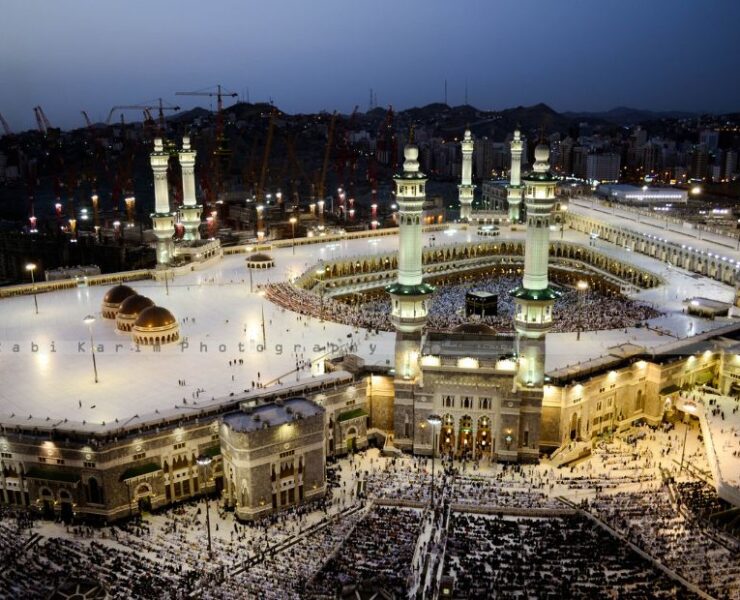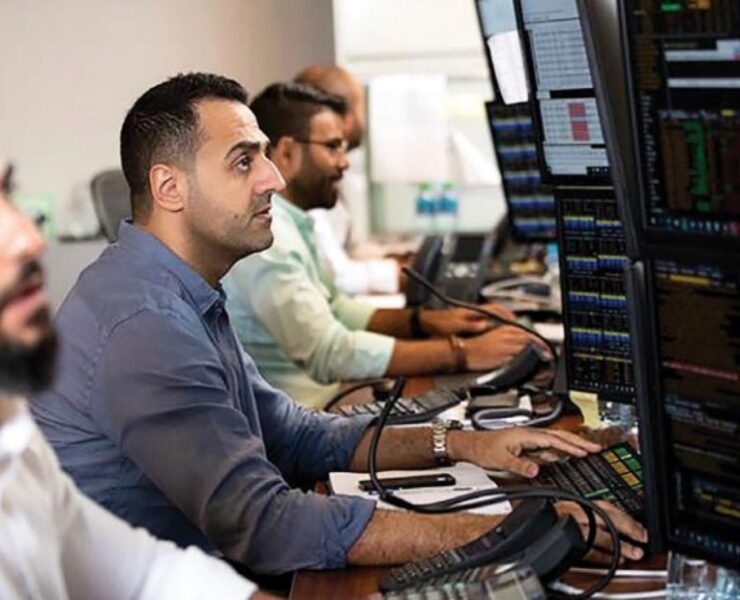How are Saudi Arabia’s mega projects faring amid virus slowdown
Despite the headwinds caused by the pandemic, Saudi Arabia’s mega projects are moving along steadily

In 2019, all eyes were on Saudi Arabia’s mega-development plans, outlined alongside unprecedented reforms in its Vision 2030.
Backed mainly by the Public Investment Fund (PIF), Saudi’s bid to become a beacon for ground-breaking leisure, tourism, and infrastructure projects in the Middle East inspired regional and foreign investors to be part of the Kingdom’s new reality. Since then, Covid-related budget cuts have been imposed, but we’re still seeing plenty of positive indications that these giga-projects are moving ahead and making waves.
With the lifting of travel and movement restrictions, we can expect Saudi to push forward and play a critical role in the region’s recovery, especially for flagging sectors such as construction and engineering.
Several projects have the potential to go into overdrive to claw back lost time, resulting in unprecedented activity compared to previous years’ results.
NEOM
Among the largest projects in Saudi Arabia, NEOM is a true example of what’s possible when you dream. With an estimated value of over $500bn, this future home to more than one million people is an amalgamation of many ideas: enterprise, innovation, research, entertainment, education, and sustainability.
Housing for more than 30,000 construction workers is being built to facilitate its construction in Saudi’s North Western region, and it will draw on local, regional and international contractors to meet the 2025 completion target. Once the main contractors begin more awards to subcontractors, we’ll see the familiar freeing up of liquidity, as demand rises for flights, accommodation, and leisure options. We expect this project to begin in late Q3 or Q4 this year, in line with its original 2020 goal.
Red Sea Development
Comprising the construction of more than 90 new islands in the Red Sea, this $2.7bn luxury tourism development might seem small compared to NEOM; however, it’s still attracting a lot of activity.
Infrastructure contracts for the new international airport were announced in July, and demand for construction work and ancillary services is tipped to surge quickly. The airport plans to service more than a million passengers per year, and the project as a whole to feature around 48 hotels (8,000 rooms) by 2030.
Qiddiya
As little as 45 km from Riyadh, the $8bn Qiddiya promises to deliver a revolutionary art, sports, and entertainment capital. Even at the height of the Covid-19 pandemic, core earthwork continued, driving demand for large-scale construction equipment and heavy machinery, which is just the beginning of the cashflow it’s going to ignite.
Contract bids are being received apace, with multiple announcements expected by the end of the year. Completion of phase one is due by 2023, and final completion by 2030.
Amaala
Located on the ‘Riviera of the Middle East’ (with a target completion of 2028), Amaala blends tourism, sports, and entertainment with art and luxury living. With the aim of attracting more than 2.5 million travellers per year, the project is appealing to UHNWIs and their tourist dollars.
In August, the Triple Bay Marina contract for excavation, backfilling, and earthworks was awarded to a Saudi-based startup and, we expect the next phase of awards to benefit construction and engineering businesses across the region as well.
Company set-up and foreign investment
Several of our Dubai-based clients have been awarded contracts in Saudi Arabia in the last couple of months. Rather than taking the traditional fly in fly out approach, they’re looking to maximise service levels by establishing companies in the kingdom by Q1 2021 and we expect this to be a common trend.
These company set-ups will not only benefit Saudi but also those companies providing ancillary services from Gulf countries such as the UAE. For anyone looking to set up a company in Saudi, now is the time to assess the situation and develop feasibility studies based on the specific economic conditions and regulatory framework in the country.
Earlier this year, Invest Saudi was quoted as saying that FDI had risen to $3.5bn in Q3 2019, compared to $3.18bn the previous year. They will be keen to preserve inward investment levels to drive projects post pandemic, and some incentives had already been introduced with more expected.
While the long-standing issue of trading companies hasn’t been resolved for foreigners (necessitating high share capital requirements), there has been some movement for service-related companies. Following in the footsteps of healthcare, education, and engineering, key sectors including recruitment, as well as audio-visual media services, real estate brokerage and road transportation services, have been granted 100 per cent foreign ownership.
Saudi is currently allowing investors to get integrated service licences to practice some commercial activities without their physical presence in the kingdom.
This aims to reduce the time it takes to incorporate companies, particularly for foreign nationals. In 2019, Saudi was named top reformer by the World Bank in its Doing Business report while the World Economic Forum ranked it among the top 40 economies, helping to generate confidence amongst regional and global investors.
By Q2 2021, we would expect to see an increase in MNCs reviving their interest, especially in sectors such as retail and hospitality.
Scott Cairns is the managing director at Creation Business Consultants




